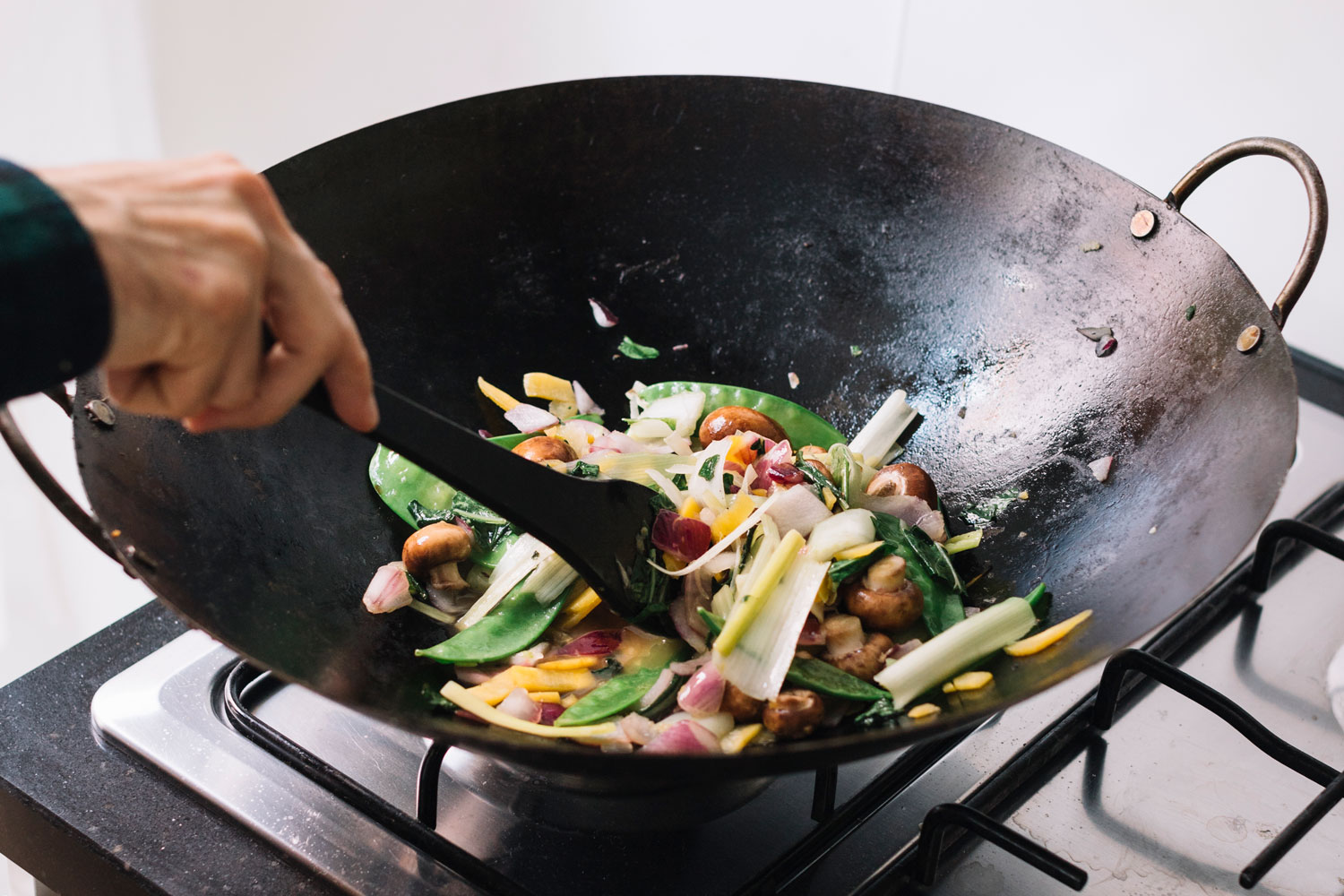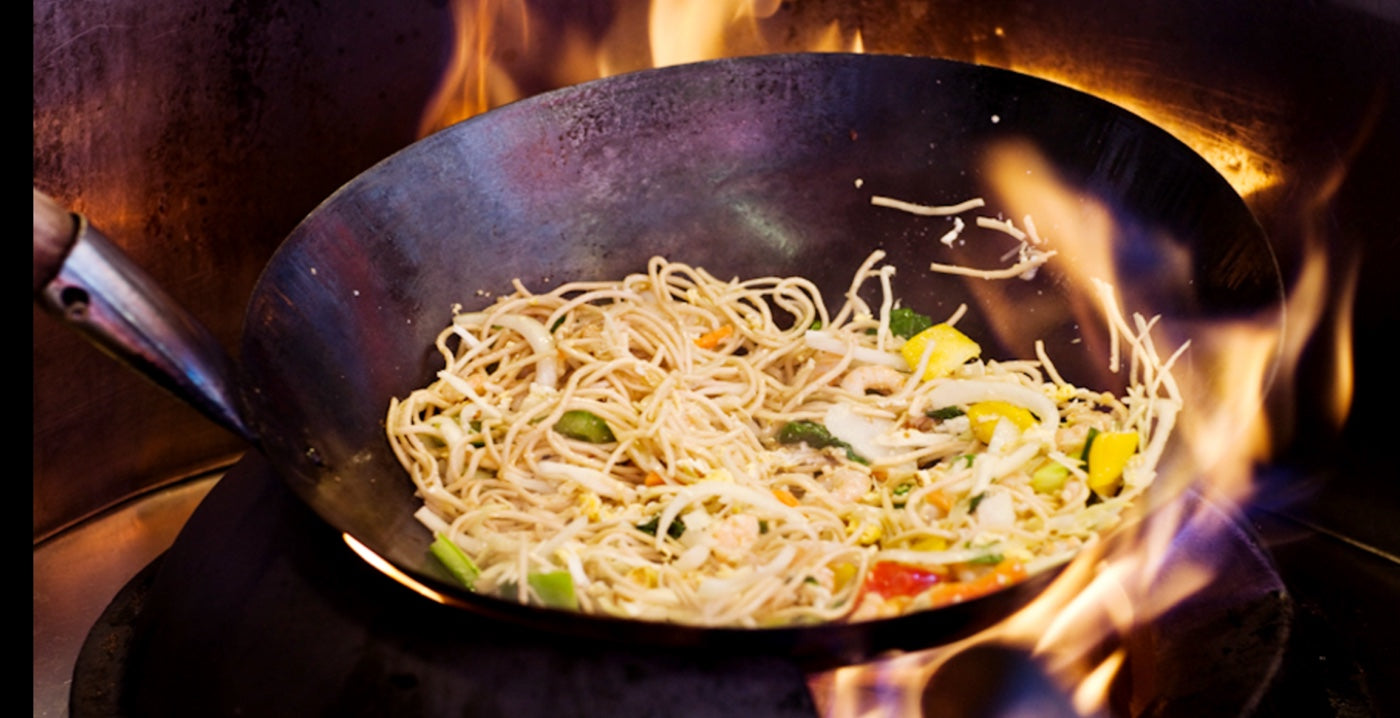If you're a kitchen professional, experiencing peeling on a wok can be frustrating and concerning. You might wonder, **why is my wok peeling**? This issue not only disrupts your cooking but can also raise questions about the safety and durability of your cookware. In this comprehensive article, we will delve into the possible reasons for peeling and provide actionable solutions to enhance your cooking experience.
Woks are an essential tool in kitchens worldwide and are prized for their versatility and efficiency; however, the material composition of these cooking vessels can often lead to wear and tear. Knowing what causes this peeling is critical for maintaining your wok and ensuring that it serves you effectively for years to come.

Understanding the Construction of Woks
Before tackling the peeling issue, it is crucial to understand the different types of woks and materials used in their construction. Whether you are using a non-stick, stainless steel, or cast iron wok, each type has different care requirements. For a detailed overview of wok varieties, you can visit Wok - Wikipedia.
Common Materials Used in Wok Manufacturing
- Carbon Steel: Acts similarly to cast iron and requires seasoning.
- Stainless Steel: Durable and non-reactive but prone to sticking without proper use.
- Non-Stick: Easiest to clean but can peel if overheated.
- Cast Iron: Excellent heat retention but requires maintenance to prevent rust and peeling.

Possible Causes of Wok Peeling
1. Overheating the Wok
One of the primary reasons **woks peel** is due to excessive heat during cooking. When a non-stick wok is heated beyond its threshold, the protective coating can break down, allowing it to peel. Always check the manufacturer's guidelines for maximum heat recommendations. You can learn more about proper heat settings for wok cooking from this article on wok cooking BTU.
2. Improper Cleaning Techniques
Certain cleaning methods can also lead to peeling, especially with non-stick surfaces. Avoid using abrasive pads or harsh chemical cleaners that can strip away the coating. Instead, opt for gentle sponges and mild detergents. Refer to our guide on rust removal for pans for more cleaning tips.
3. Lack of Proper Seasoning
For carbon steel woks, seasoning is essential to create a natural non-stick surface. Failure to properly season a carbon steel wok can result in corrosion, leading to peeling. See this article on how to cook with a wok for more information on seasoning techniques.
4. Chemical Reactions with Foods
Certain acidic ingredients like tomatoes or vinegar can react with cookware, causing degradation over time. If you are using a stainless steel or non-stick wok, always be cautious of marinating items that might interact negatively with the material.
:max_bytes(150000):strip_icc()/WokSills101-StirFrying-VickyWasik1-947e9de8656942a185a124d561050d8e.jpg)
What to Do When Your Wok Peels
Once you've identified the cause of peeling, the next step is figuring out how to address it. Here are some solutions:
1. Re-seasoning Your Wok
If you are dealing with a carbon steel wok, re-seasoning may restore its integrity. Clean the wok thoroughly, dry it, and apply a thin layer of oil. Heat it until the oil begins to smoke, ensuring that the surface is coated.
2. Use a Different Cooking Method
For those with non-stick woks that are peeling, consider switching to safe **cooking** methods that do not involve high temperatures. Stir-frying at lower settings can help prolong the lifespan of non-stick coatings.
3. Invest in Quality Cookware
If peeling appears to be a persistent issue, it might be time to invest in a better quality wok that is designed for longevity. High-quality options often come with warranties that protect against manufacturing defects.

Maintenance Tips to Avoid Peeling
1. Avoid Cooking on High Heat
As mentioned earlier, excessive heat can result in peeling. Be sure to monitor your cooking temperatures closely and use a thermometer if necessary.
2. Proper Cleaning Techniques
Your cleaning routine can either extend the lifespan of your wok or contribute to its wear and tear. Always use gentle cleaners and soft sponges. Never put a non-stick wok in the dishwasher.
3. Reseason Regularly
For a carbon steel wok, make reseasoning a periodic task. After every few uses, inspect and season your wok to maintain its non-stick properties.
Final Thoughts
Wok peeling is a common concern among kitchen professionals, but with proper understanding and care, it can be easily remedied. Remember, **why is my wok peeling** is not just about the peeling itself; its also about how you can prevent it in the future. With these methods and tips, you can ensure that your wok remains a valuable asset in your culinary toolkit.
FAQs
1. Can I still use a peeling wok?
It is not advisable to use a peeling wok, especially if it is non-stick, as it may pose health risks. It is better to address the peeling before continuing to use it.
2. How often should I season my carbon steel wok?
Seasoning your carbon steel wok should be done regularly. A good rule of thumb is to season it every 3-4 uses, especially if you notice the surface becoming dull.
3. What is the safest wok to use?
The safest wok often depends on personal cooking style, but many professionals recommend cast iron or high-grade stainless steel for their durability and safety profiles. For more insight, check out this article on safest woks.
As an Amazon Associate, I earn from qualifying purchases.






Leave a comment
This site is protected by hCaptcha and the hCaptcha Privacy Policy and Terms of Service apply.